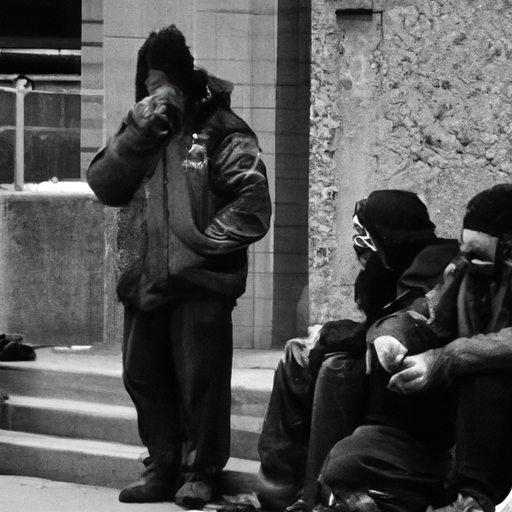The Canadian Opioid Crisis: A Close Examination of Community Impacts and Initiatives in Hamilton
In recent years, the effects of the opioid crisis have been felt across Canada, affecting communities of all types and sizes. One such affected locale is Hamilton, Ontario. The complexities of the opioid problem, however, don’t stop at substance use. The epidemic’s larger footprint indelibly alters community dynamics, exacerbating issues like homelessness, crime, and mental health. As the situation continues to escalate, so too has the call for increased resources to battle these interconnected problems.
An enlightening article I recently came across from The Hamilton Spectator delves into these very challenges and the local government’s endeavors to address them amidst significant financial constraints.
Bigger Than Drugs: Understanding the Wider Impact of the Opioid Crisis
The opioid crisis in Hamilton is not an isolated issue. It is deeply entwined with the city’s rising homeless population, increased crime rates and the overall mental health concerns of the local community.
Homelessness and Supply of Affordable Housing
In Hamilton, the opioid epidemic has played a central role in driving up homelessness rates. As opioid use disorders increase, so too does the number of people lacking stable housing—an issue further exacerbated by a dire shortage of affordable accommodation options within the city.
Influence on Crime Rates
The opioid crisis has also been linked to rising local crime rates. Many individuals battling opioid addiction often engage in criminal activities to fund their habits, leading to increasing neighborhood crime levels.
Not Just An Addiction Crisis—A Mental Health Crisis Too
The mental health impact of the opioid crisis is profound. Many individuals grappling with opioid addictions simultaneously struggle with mental health disorders, creating a vicious cycle that exacerbates the effects of both conditions. The unavailability of adequate mental health services further aggravates this issue.
The Reality of Funding Shortages
Even as the relentless opioid crisis wreaks havoc on Hamilton’s public health and community safety, the local government is struggling to expand services due to funding limitations. There is an urgent need for public money to bolster mental health, addiction, and gambling services to serve the local endangered population. However, these essential assets currently remain outside the city’s fiscal grasp.
Canadian Opioid Abatement Class Action: A Possible Solution?
One potential ray of hope lies in the ongoing Canadian opioid abatement class action against pharmaceutical companies, aiming to hold them accountable for their role in the opioid epidemic. The city is hopeful of receiving a windfall of financial aid from the lawsuit to fund local response efforts to the crisis, but the final outcome is still uncertain.
Overcoming the Crisis: Ongoing Local Efforts and Solutions
The Hamilton community is not sitting idle amidst the ongoing crisis. Various initiatives are underway both to mitigate the dire effects of opioid use disorder and tackle its wider community implications.
– Use of naloxone: Hamilton has mounted a strong response to combat opioid overdose deaths, dispersing naloxone kits widely across the city and providing training on their use to save lives.
– Homeless assistance: The city has diversified its support for the homeless population, integrating more harm reduction services into its housing-first initiatives.
– Addiction services: The city is also working towards widening its addiction services despite funding challenges, hoping to better cater to individuals grappling with opioid use disorders.
These local efforts provide some semblance of relief, bracing against the worst effects of the opioid crisis, but they alone are not enough. Without a comprehensive, adequately funded community response, the spiraling impacts of the epidemic will continue unabated.
Concluding Thoughts
The Hamilton opioid crisis and its multifaceted effects on homelessness, crime, and mental health offer a stark reflection of the broader Canadian opioid crisis, highlighting the urgent need for comprehensive solutions and adequate funding to deal with these intertwined problems. The city’s resourceful initiatives provide a glimmer of hope in a grim scenario, but the resolution ultimately lies in an adequately funded, long-term, community-based response.
The opioid crisis is not just a public health emergency—it’s a menace that poses significant threats to our communities’ fabric, and Hamilton stands as a stark reminder of this reality. Let’s hope the necessary resources are soon galvanized to counteract this destructive force and restore wellbeing and stability in impacted communities.
